Description
The GE VMIVME2170A is an industrial-grade digital output module designed for VMEbus-based control systems, widely used in manufacturing automation, transportation systems, power generation, and defense applications where robust digital control and signal isolation are critical. This module is particularly valuable in environments with high electrical noise or complex signal routing, delivering precise and isolated digital outputs essential in controlling actuators, indicators, alarms, and other automation components. The GE VMIVME2170A‘s optical isolation helps eliminate ground loops and signal interference, making it applicable in control systems that need reliable performance under harsh electrical conditions and demanding industrial tasks.
The GE VMIVME2170A functions as a 32-bit optically isolated digital output board fitted into VMEbus backplanes, which makes it an integral part of larger modular control architectures. It facilitates digital signal output control from a VME-based processor or controller while providing powerful galvanic isolation—up to 1kV continuous voltage and 6kV pulse voltage withstand capability. This isolation ensures the protection of sensitive system electronics and maintains signal integrity. The module supports either positive or negative true output signal configurations to meet various application requirements, fitting seamlessly into distributed control or data acquisition systems that utilize the VME bus standard. Its compatibility with legacy and modern VMEbus systems makes it valuable for engineers upgrading or maintaining industrial automation equipment.
This output module features 32 output channels, each capable of handling up to 2 amps of current, enabling the control of a variety of relays, solenoids, or other output devices. Its rugged design supports sustained performance in electrically noisy environments, thanks to opto-isolation that prevents cross-talk and signal degradation. The module’s form factor conforms to the standardized 6U VME size, facilitating easy integration into existing racks or control panels. Designed for industrial reliability, its operating temperature ranges from –40°C to +65°C. Maintenance and troubleshooting are simplified by the module’s clear layout and durable connectors, allowing engineers to quickly verify signal paths and replace the module if needed without extensive system downtime.
| Parameter | Value |
|---|---|
| Model | VMIVME2170A |
| Brand | General Electric (GE) |
| Product Type | 32-bit Optically Isolated Digital Output Module |
| Number of Output Channels | 32 |
| Output Current per Channel | 2 Amps |
| Isolation Voltage | 1kV continuous, 6kV pulse |
| Signal Configuration | Positive or Negative True Output |
| Operating Temperature | –40°C to +65°C |
| Bus Interface | VMEbus 6U |
| Mounting | VMEbus rack mount |
| Dimensions | Standard 6U VME module |
| Certifications | Industrial Grade |
| Application Environment | High noise industrial settings |
- VMIVME2170A
Related modules in the GE VME ecosystem include:
VMIVME2171A – A complementary 32-channel digital input module compatible with the VMIVME2170A output board.
VMIVME2140A – Analog input module designed for VMEbus systems offering high-resolution signal acquisition.
VMIVME2220A – Analog output module to provide precise analog control signals alongside digital outputs.
VMIVME3100 – VME CPU processor board providing core computing power for signal processing and control.
VMIVME270 – A communication module enabling network connectivity for VMEbus automation systems.
For installation, ensure the VME chassis provides stable power and proper grounding to maximize module longevity and signal integrity. Avoid exposure to excessive moisture or dust and maintain ambient temperatures within the operating range. Connections should be verified for tightness and cleanliness during routine inspections to reduce the risk of signal faults. Firmware or driver updates, if applicable in controller software, should be applied as recommended by GE to optimize performance and security.

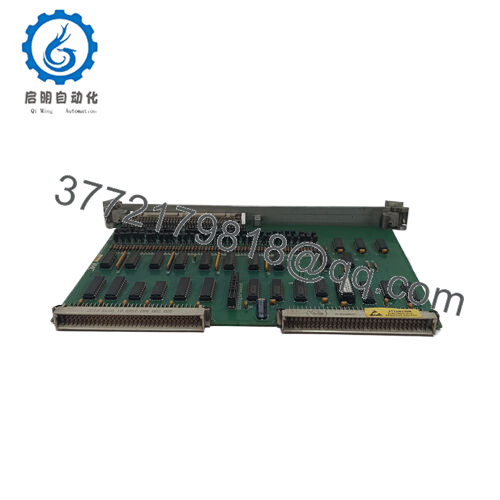
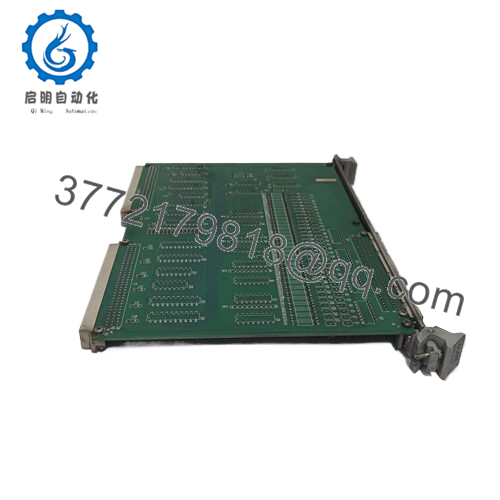
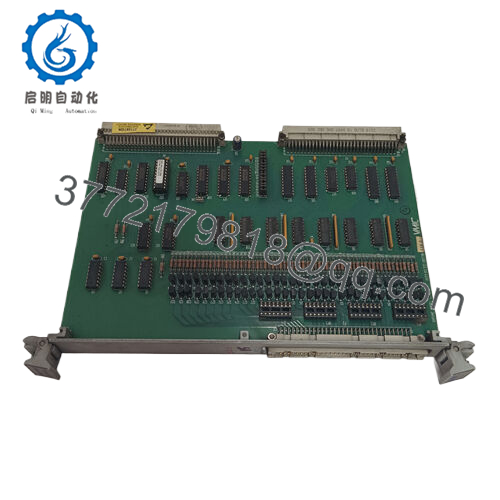
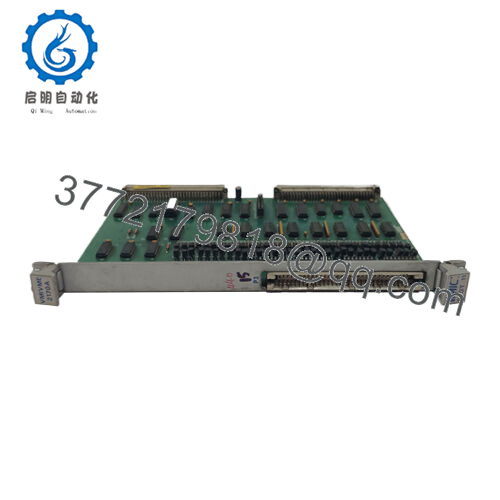
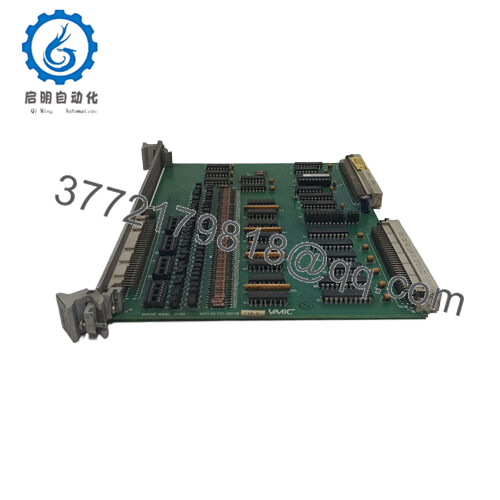
 WhatsApp: +86 16626708626
WhatsApp: +86 16626708626 Email:
Email:  Phone: +86 16626708626
Phone: +86 16626708626


